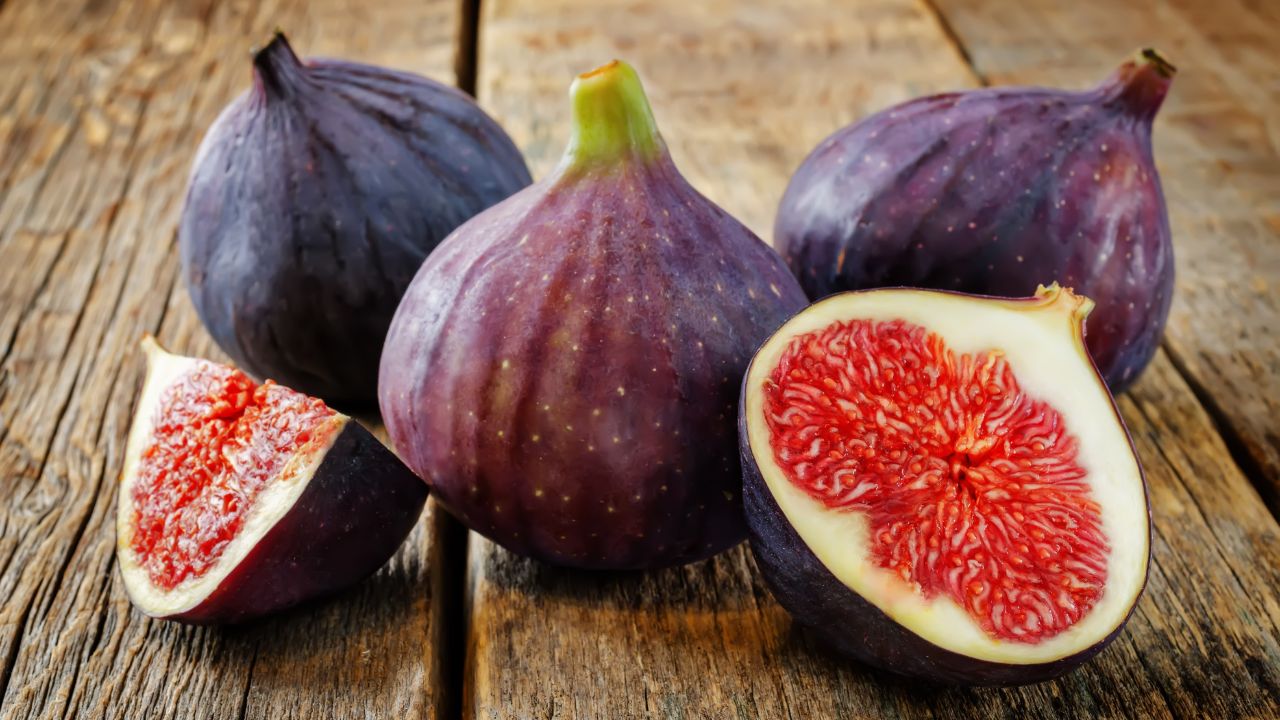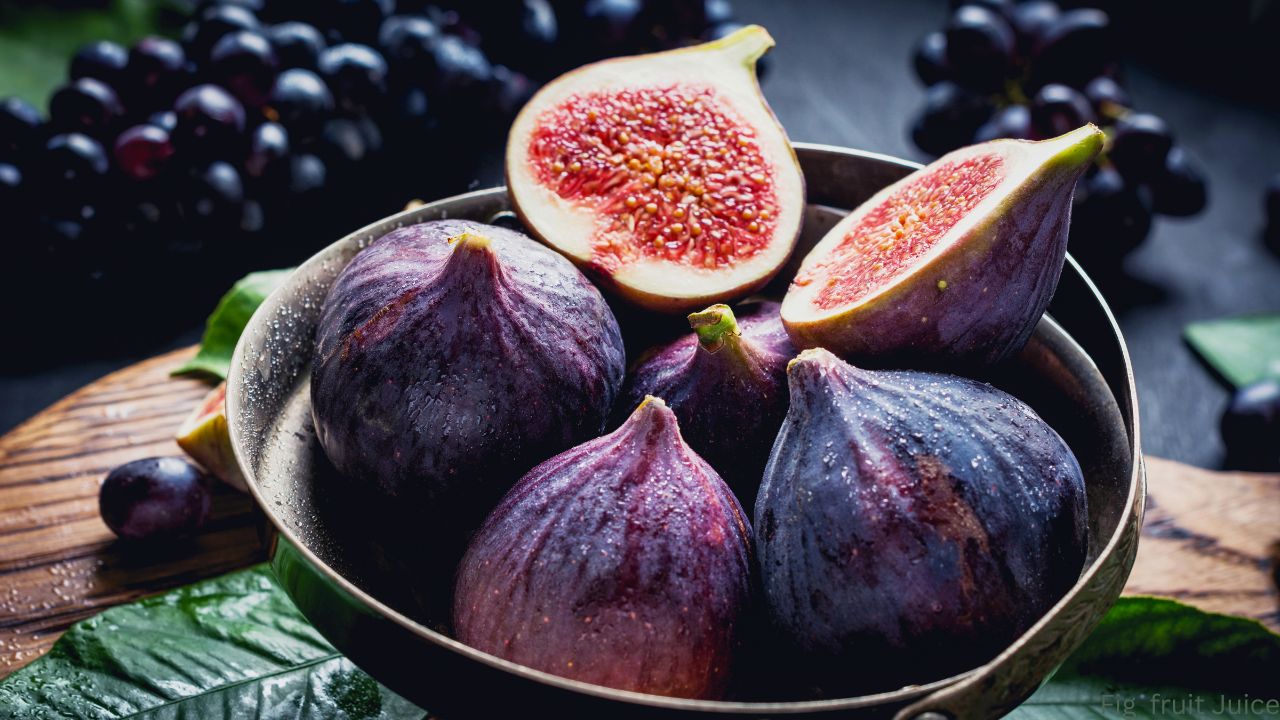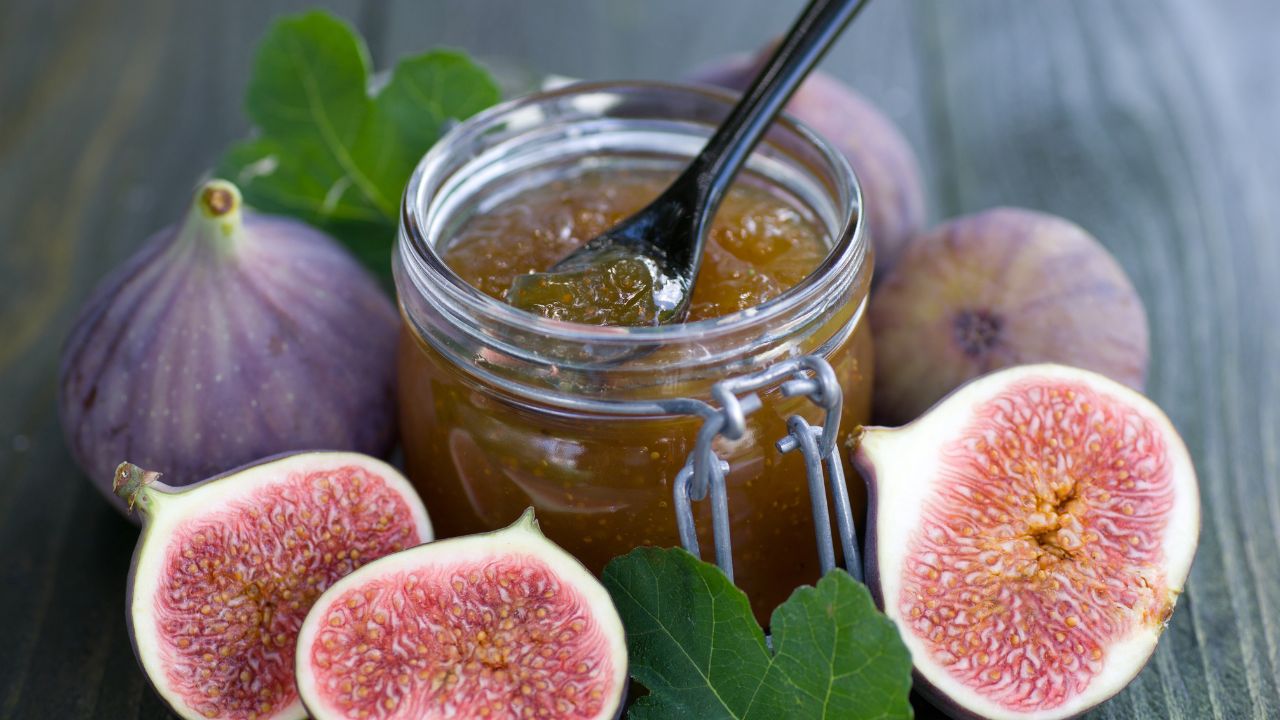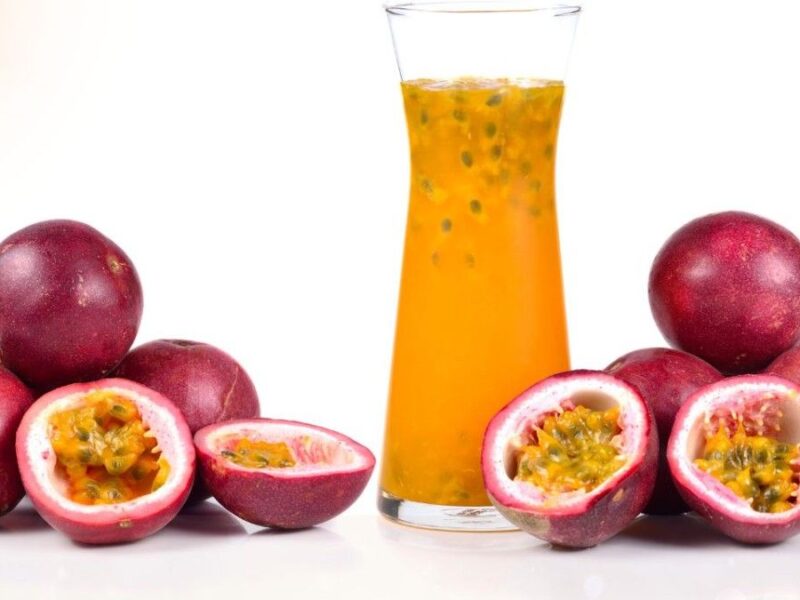Fig fruit juice benefits
Figs are those little sweet fruits with a unique, crunchy texture. But beyond their delicious taste, Fig Juice Benefits and a Delicious Recipe are packed with surprising health benefits! Fig juice is a fantastic way to enjoy these benefits easily in a refreshing drink. This blog post will explore the many reasons why you might want to add fig juice to your diet, and we’ll even share a simple recipe to make your own at home!
What is a fig fruit
Tiny Flowers Inside: A fig isn’t just one big juicy fruit. It’s actually a hollow sac that holds hundreds of tiny flowers inside.
Seed Party: Each of those tiny flowers produces a single seed. All those little seeds are the crunchy bits you feel when you eat a fig.
Sweet Surprise: The fleshy part around the seeds is what we enjoy the most. It’s kind of like a bonus sweetness added by the fig tree!

Fig fruit 1 kg price
- Fresh vs. Dried: Fresh figs are much less common and tend to be more expensive than dried figs.
- Variety: There are different types of figs, and some may be pricier than others.
- Location: Prices can differ depending on where you live and where the figs are grown.
Here’s a general idea:
- Fresh Figs: You might find fresh figs for around ₹178 (Indian Rupees) per kilogram, but this can be higher depending on the season and location.
- Dried Figs: Dried figs are more readily available and typically cost between ₹699 and ₹1,740 per kilogram, depending on the variety and quality.

Benefits of fig juice
Digestive Aid: Fig juice is a good source of fiber, which helps keep things moving smoothly in your digestive system and can combat constipation. It may also contain prebiotics, which feeds the good bacteria in your gut for overall digestive health.
Heart Health Support: Figs are packed with potassium, which can help regulate blood pressure. They may also offer some benefits for cholesterol levels.
Blood Sugar Management
The fiber in fig juice can help regulate blood sugar by slowing down the absorption of sugar into your bloodstream. However, it’s important to note that figs also contain natural sugars, so moderation is essential, especially if you have diabetes.
Potential Cancer Fighter: Some studies suggest that figs may have antioxidant and anti-inflammatory properties that could help protect against certain types of cancer. More research is needed, but it’s an exciting area of exploration.
Skin Health Boost: Figs contain vitamins and minerals that may contribute to healthy skin.
Bone Strength: Figs are a good source of calcium and magnesium, both essential for strong bones.
Energy Source: Figs are naturally sweet and provide a good source of carbohydrates for energy.
Weight Management: The fiber in fig juice can help you feel fuller for longer, potentially aiding in weight management efforts.
Potential Anti-inflammatory Effects: Fig juice may have anti-inflammatory properties that could help with conditions like arthritis or inflammatory bowel disease. More research is needed in this area.
Natural Source of Electrolytes: Electrolytes are minerals that help your body function properly. Figs contain potassium, an essential electrolyte.
May Improve Bone Density: Studies suggest that figs help improve bone density, especially in postmenopausal women.
Potential Source of Iron: Figs contain some iron, an essential mineral for red blood cell production.
May Help with Blood Clot Prevention: Figs contain some vitamin K, which plays a role in blood clotting.
Immune System Support: Figs contain vitamin C and other antioxidants that may help support a healthy immune system.
Overall Well-being: Packed with nutrients and fiber, fig juice can be a delicious way to add valuable elements to your diet and promote overall well-being.

Fig fruit juice recipe
This recipe makes a delicious and nutritious glass of fig juice. You can adjust the amount of water or add other ingredients for a twist on the flavor.
Ingredients:
- 4-5 ripe figs, stems removed
- 1 cup (240ml) water
- One tablespoon honey (optional)
- Lemon juice to taste (optional)
Instructions:
- Wash the figs: Gently rinse the figs under cold running water. Pat them dry with a clean paper towel.
- Chop the figs: Cut the figs into quarters or smaller pieces. This will help them blend more easily.
- Blend the figs and water: Add the chopped figs and water to a blender. Blend until smooth. You may need to stop and scrape down the sides a couple of times even to blend.
- Strain (optional): If you prefer a smoother texture, you can strain the juice through a fine-mesh sieve to remove any fig skin or seeds.
- Adjust the sweetness and flavor (optional): If you prefer a sweeter juice, add honey to taste. For a touch of tartness, add a squeeze of lemon juice.
- Serve and enjoy! Pour the fig juice into a glass and enjoy it chilled. You can store leftover juice in an airtight container in the refrigerator for up to 2 days.
Tips:
- For a thicker juice, use less water.
- If you don’t have a blender, you can use an immersion blender or a food processor.
- You can experiment with adding other fruits or vegetables to the juice, such as apples, pears, or spinach.
- Dried figs can also be used to make fig juice. Soak 4-5 dried figs in warm water for 30 minutes before blending them with water. Fig Juice Benefits and a Delicious Recipe

Fig fruit nutrition facts
However, we can estimate the nutrition facts for 100ml of fig juice based on the information for 100g of fresh figs:
- Calories: Around 30-35 calories (figs are low in calories).
- Fat: Less than 0.1 grams (figs are very low in fat).
- Carbohydrates: Around 7-8 grams (mostly natural sugars from the fruit).
- Fiber: Around 1-1.5 grams (a good source of fiber for digestion).
- Sugars: Around 6-7 grams (mostly natural sugars from the fruit).
- Protein: Around 0.3-0.4 grams (figs are not a high-protein food).
Vitamins and Minerals (small amounts per 100ml):
- Potassium
- Vitamin K
- Magnesium
Important to Note:
- This is an estimate, and the actual nutritional content can vary depending on the variety and ripeness of the fig.
- Fig juice may also contain additional sugar or other ingredients depending on how it’s processed. Fig Juice Benefits and a Delicious Recipe
FAQS
1) Does fig increase sperm count?
There isn’t enough scientific evidence to definitively say figs directly increase sperm count. While figs contain some nutrients that may support sperm health, more research is needed to confirm this effect.
2) Is fig natural Viagra?
Figs have been linked to increased libido for centuries, but there’s no scientific proof they work like Viagra. While figs offer some potential benefits like improved blood flow, they likely aren’t a strong enough substitute for medication. Talk to your doctor about natural ways to support sexual health.
3) Who should not eat figs?
Figs are generally safe, but a few people might need to avoid them:
- Latex allergy: If you have a latex allergy, you might also be allergic to figs.
- Blood thinners: Talk to your doctor if you take blood thinners, as figs contain vitamin K, which can affect their effectiveness.
- Surgery: Fig juice may affect blood sugar control during surgery, so discuss it with your doctor beforehand.
4) How many figs do you eat per day?
There’s no one-size-fits-all answer to how many figs you should eat daily. It depends on your calorie needs and goals. However, 2-3 figs is a good starting point. They’re a healthy fruit, but remember, portion control is critical!
5) Are figs bad before bed?
Figs are generally considered an excellent pre-bed snack! They contain fiber to keep you feeling full and magnesium to aid relaxation. However, the natural sugars could disrupt sleep for some. If you’re sensitive to sugar, enjoy figs earlier in the evening.
Read More
Beetroot Juice Benefits & Recipe Your Guide to This Superfood Drink
Top 15 Benefits of Wood Apple Juice Recipe Included


